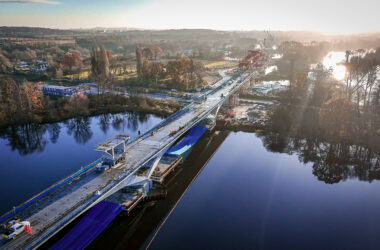Two years ago, the worlds first solar road opened outside a small village in Normandy. Two years down the road how has it faired?
Sadly the 2,800 square meter test road, according to a report by Le Monde, has turned out to be a colossal engineering failure.

As of 2019, the Normandy solar road has deteriorated to a point where it is not producing close to the amount of energy the technology promised and villagers have been left irate by noise from the traffic it has attracted.
In principle, solar roads should have been an unprecedented energy and infrastructure revolution. The Normandy’s solar road was meant as a test case to prove that the tech could be efficient and profitable.
The road is now in such poor condition that 100 meters of it has had to be demolished and panels have come loose and broken into small fragments.
Worse still the road was meant to produce 790kWh of electricity each day but in the first year, it only met only half of that target with a major downward trend in efficiency reported this year. Engineers report both thunderstorms and leaves have damaged the surface.
Reports from residents that the road surface is very noisy has also forced French officials to lower the speed limit to 40mph.
The reported failures match the fate of a similar solar road in the US.
The $6.1 million US solar road came online in 2016. However, with over 75% of the panels being broken before being installed it never generated any energy and can’t be driven on.
It isn’t all bad news for solar road tech though. Results published by Solar Road show a 70m solar bicycle lane in the Netherlands smashed its energy goals yielding 73kWh per square meter per year in its first year and 93kWh per square meter in its send again a target of 50kWh.







